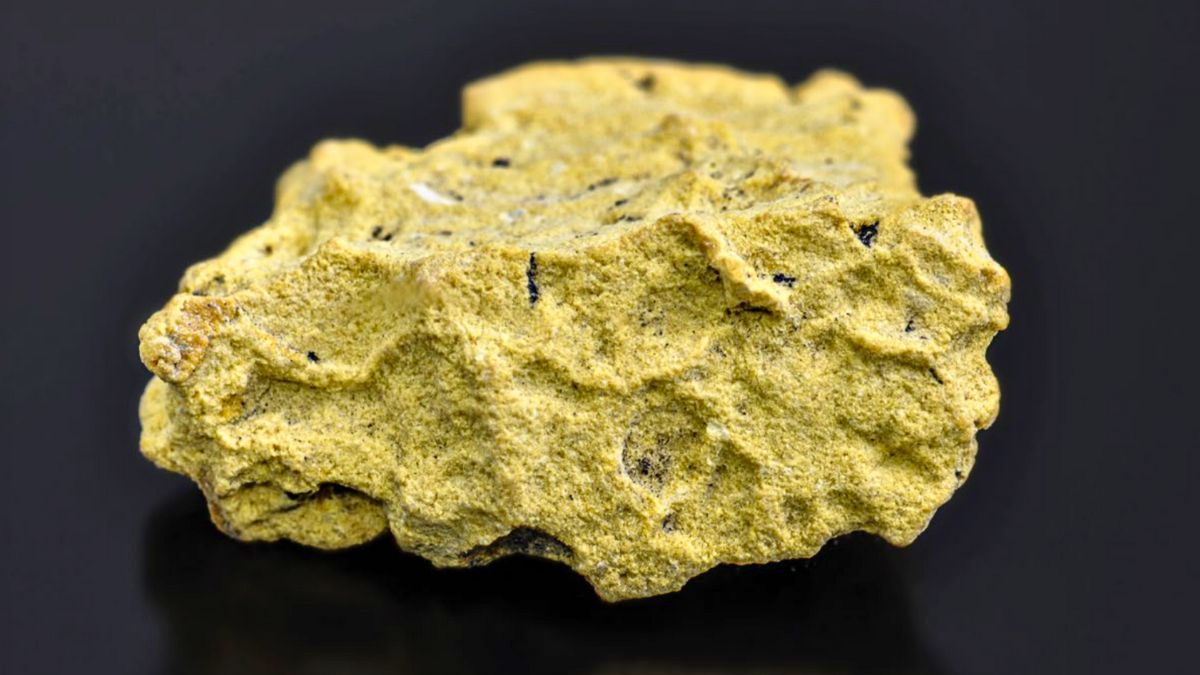Many people dream of finding something from the dinosaur era, maybe influenced by movies like Jurassic World. But what if you found actual dinosaur tracks right in your neighborhood? That’s exactly what happened in Texas, where a devastating flood uncovered something truly ancient: the massive footprints of a dinosaur that walked the Earth over 100 million years ago.
It’s not every day a natural disaster leads to a prehistoric discovery, especially by a volunteer. Let’s cut into this once-in-a-lifetime moment that blended tragedy with scientific excitement.
Storm
In July, Texas Hill Country was hit by a brutal storm. The rain was relentless. Water levels rose to six meters in some areas, destroying everything in its path. Homes were swept away, cars submerged, and more than 100 lives were tragically lost.
While rescue teams worked tirelessly, the floodwaters unexpectedly revealed something incredible beneath layers of dirt and stone—dinosaur tracks that had been hidden for millions of years.
Discovery
This discovery happened in Sandy Creek, Travis County. While helping with recovery efforts, a volunteer spotted something strange: a series of large, three-toed footprints. As it turns out, there were 15 of them, and they were absolutely massive.
Experts later confirmed the tracks were from a dinosaur called Acrocanthosaurus, a predator that lived during the Early Cretaceous period. Here’s a quick breakdown of what they found:
| Feature | Detail |
|---|---|
| Species | Acrocanthosaurus |
| Age | 110 million years old |
| Length | About 11 meters |
| Walking Style | Bipedal (on two legs) |
| Footprint Size | 45–50 cm long |
| Number of Prints Found | 15 |
Just imagine seeing footprints as long as your thigh. That’s not something you forget.
Sadness
Usually, finding dinosaur fossils is a cause for celebration. But this time, the emotions are mixed. The Sandy Creek tracks were uncovered during a moment of deep sadness for the community. Homes were lost, and lives were changed forever.
While scientists are excited about the discovery, residents will likely remember this event for the flood’s devastation. The dinosaur tracks became a rare bright spot in a very dark time.
Protection
Now that these tracks have been found, protecting them is a top priority. Officials have asked cleanup crews to avoid using heavy equipment near the site. The area is being marked off to make sure nothing happens to the footprints.
Why so much caution? Because once these prints are damaged or removed, they’re gone for good. After surviving over 100 million years, they deserve a little extra care.
Age
So how do scientists know the prints are that old? It comes down to geology. The tracks were found in a layer of rock called the Glen Rose Formation. This layer has been studied extensively and is dated between 110 and 115 million years old.
When the Acrocanthosaurus stepped through wet mud back then, its weight pressed deep impressions into the ground. Over time, these impressions were filled in with sediment and hardened into stone. That’s how we’re able to see those same prints today, as if the dinosaur walked by just yesterday.
Meaning
Texas already has a reputation for dinosaur discoveries, but each new find adds to our understanding of the past. These ancient footprints help scientists:
- Identify the species that once roamed the area
- Understand their movement and behavior
- Reconstruct the prehistoric environment
For everyday people, standing next to those prints is like staring into a time machine. It’s one thing to read about dinosaurs—but to see where one actually walked? That’s something else.
FAQs
Where were the dinosaur tracks found?
They were discovered in Sandy Creek, Travis County, Texas.
What kind of dinosaur made the tracks?
The tracks belong to an Acrocanthosaurus.
How old are the footprints?
They are around 110 million years old.
Who found the tracks?
A volunteer found them during flood recovery work.
How big are the footprints?
Each footprint is about 45–50 cm long.




















